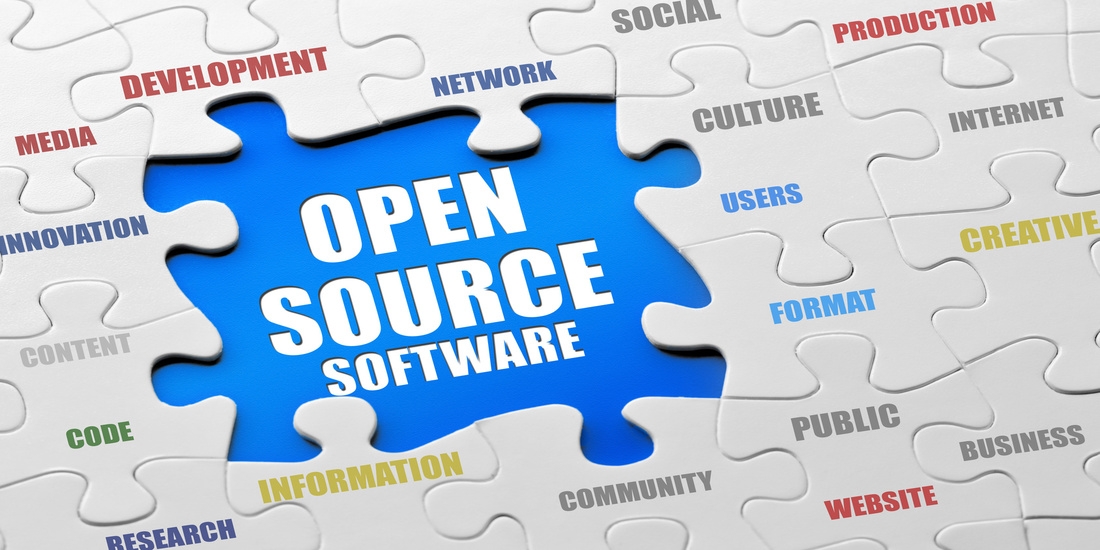Introduction
"You'd better stay late tonight. Our boss is angry about the progress." -- An ambitious but worrying project manager
Agile, a word once standing for agility and speed, has become one of the sexiest but seemingly abstruse jargons often mentioned by software developers in the IT industry over past 20 years. Agile Development is the primary option of project management methodologies for many teams, because it is simple, agile (literally), and more importantly implying fast. Think about countless programming labors who are willing to work overtime voluntarily because of hard deadlines.
Agile = Deliver Fast?
When your dev team suffers deferred releases, product quality degradation, poor team moral and fading customer relationship, your friends probably will recommend you using agile development, "Hey, buddy. I heard that agile is pretty awesome. You should probably take a shot." However, after your team has been practicing agile for a while, you are very likely to find it not good enough: loads of bugs after production releases, increasing number of overtime hours, and endless new requirements each of which is the highest priority. You are trembling with fear in the regular meeting with your boss who may ask, "I heard that you guys are improving our capability of delivering with Agile. This is great! So can those important features be available next week?"
Agile is the same as delivering fast, this is one of the biggest myths from many agile practitioners. Literally, Agile doesn't necessarily mean fast; instead, introduction of Agile will lead to more work and therefore lower delivering speed. Yeah, you are right. Technically speaking, Agile will reduce the speed of delivery. For example, Extreme Programming (XP, one of the most popular agile frameworks) requires unit test cases to cover all features and functions, which would result in 1-2 times of extra code.
So, why do people claim that Agile works great in software development? As it can neither increase development efficiency, nor does it reduce workload, what on earth is this thing useful? This is a typical and the most critical question for Agile practitioners. If you cannot provide timely answers that is satisfied to the team, they will ultimately drop Agile and head back to their old way.



